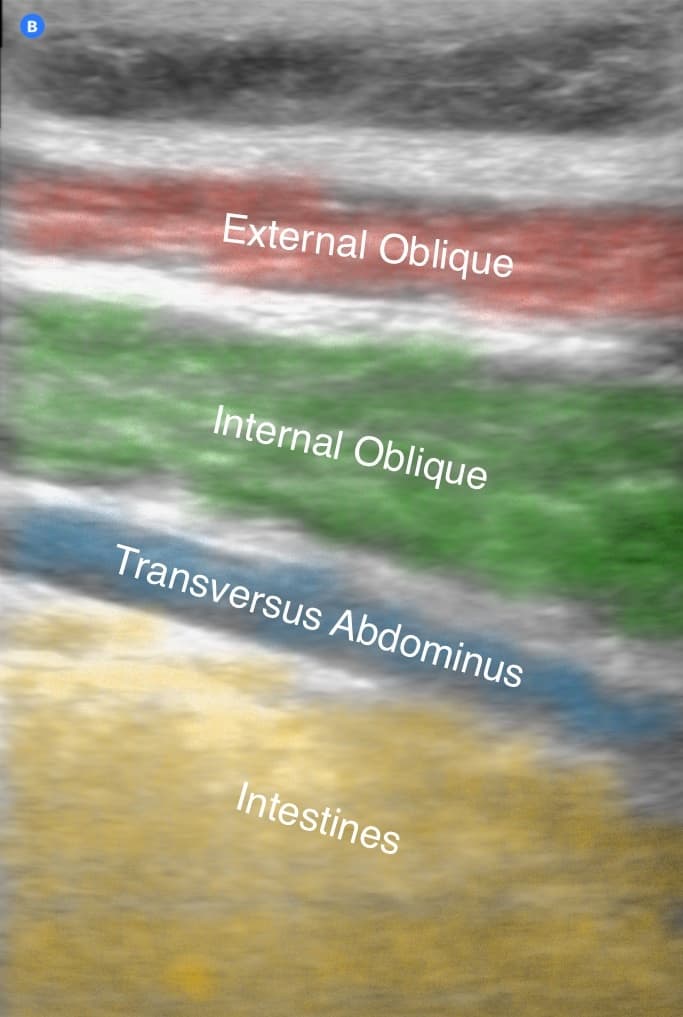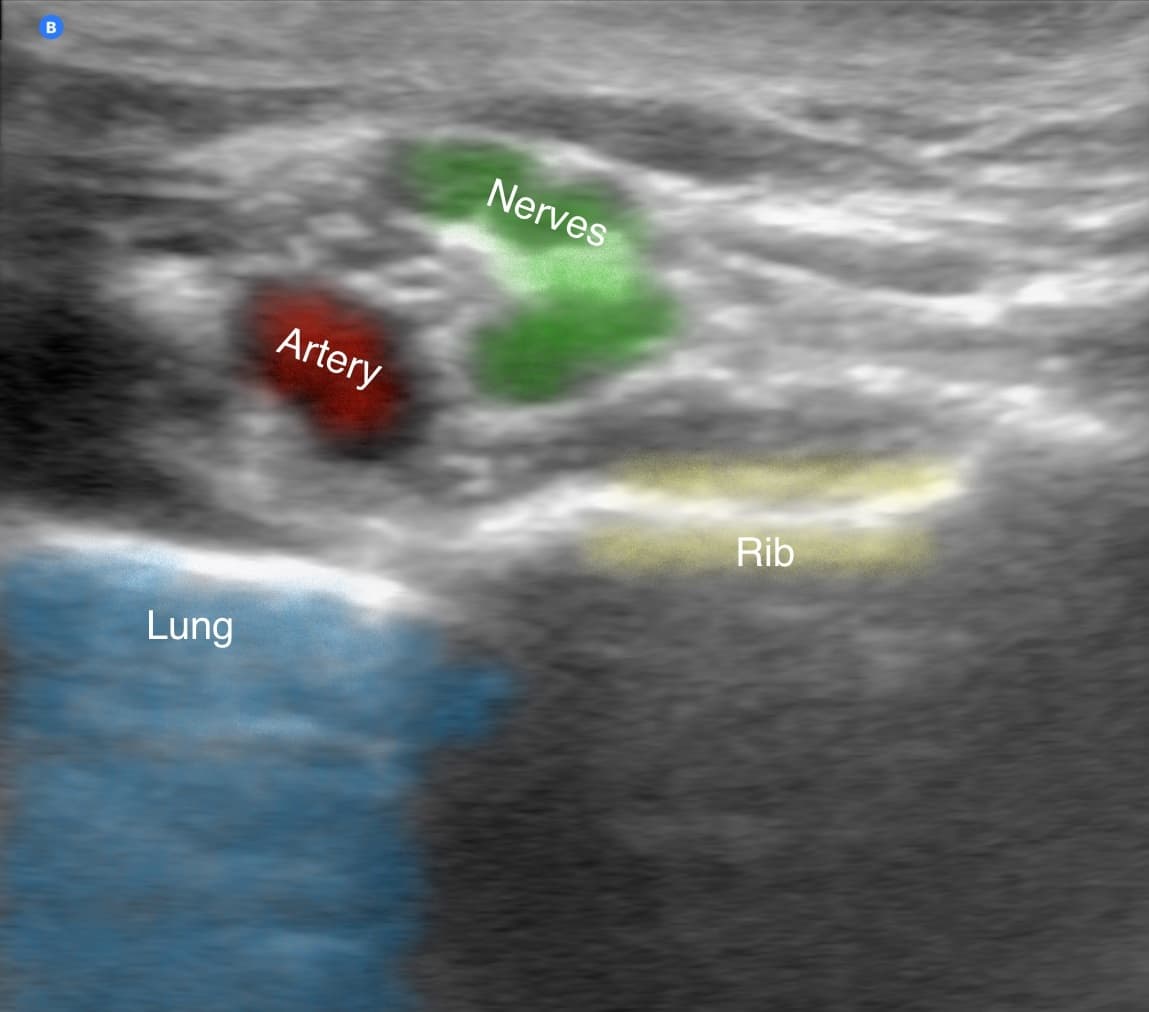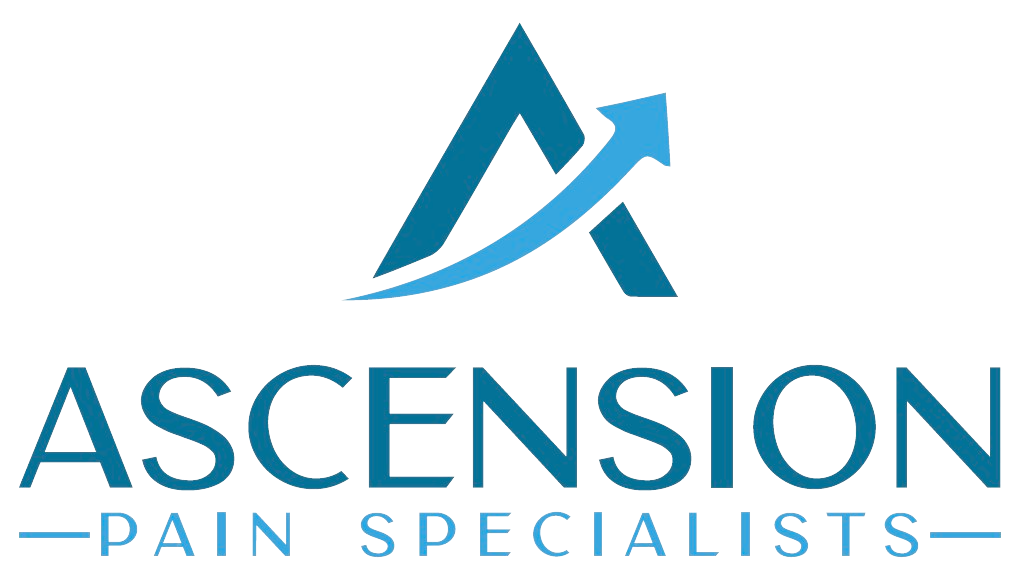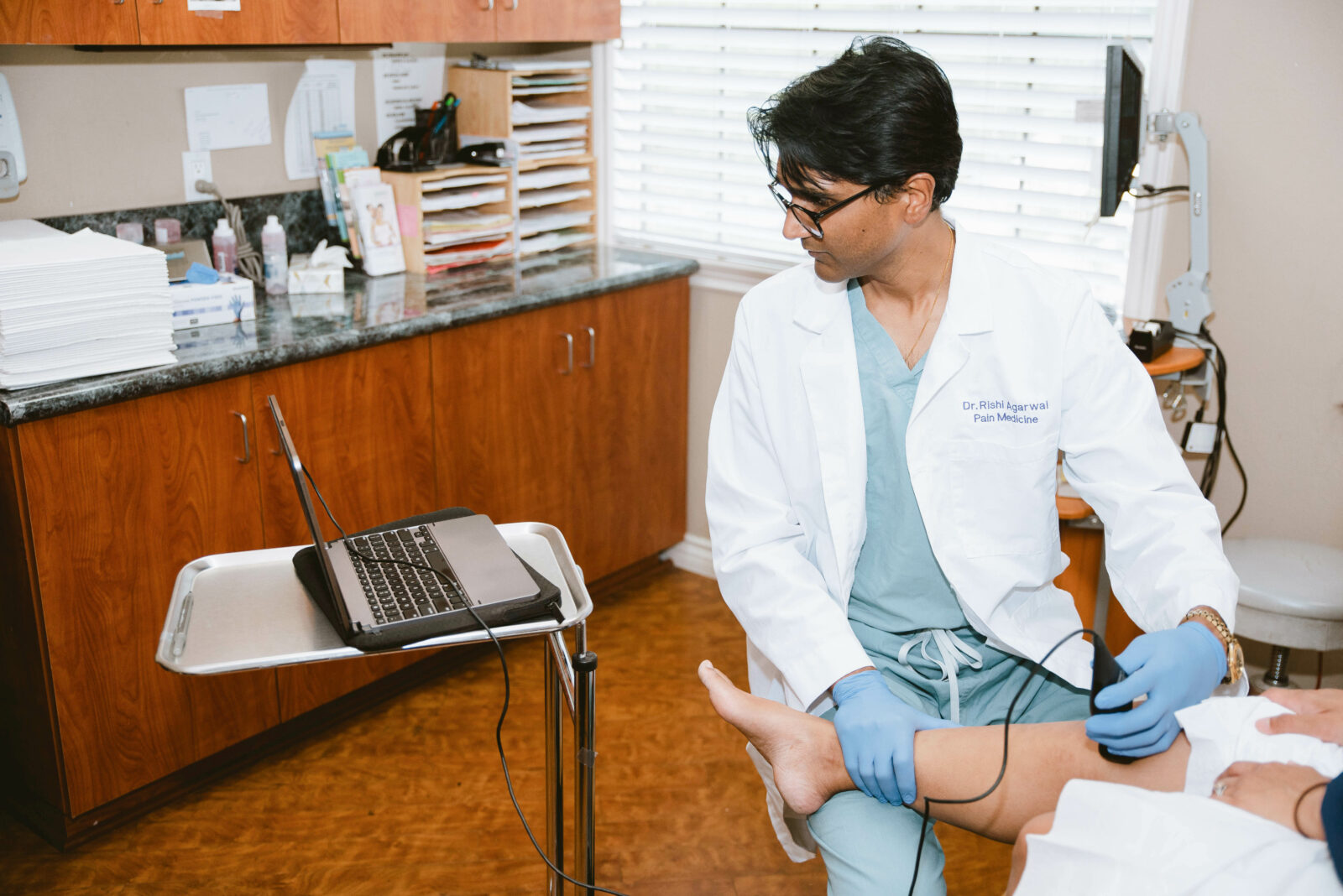Ultrasound imaging has always been an essential tool for me as an anesthesiologist. However, typical ultrasound machines are often prohibitively expensive to use in pain management clinics. Luckily, portable ultrasound devices that plug right into your phone or tablet have broken down this barrier to access. They are affordable and remarkably high-quality, enabling pain specialists such as myself to harness this incredible technology for diagnosing and treating acute and chronic pain conditions.
Throughout my training and practice as an anesthesiologist, I learned how to use ultrasound imaging to perform a wide array of diagnostic tests and interventional procedures. From checking to see if someone’s lung has collapsed after a motor vehicle accident, to numbing the nerves that supply sensation to a broken leg that needs surgery, to placing a special catheter in someone’s neck vein to give life-saving blood and medications during emergencies, the power and versatility of ultrasound simply can’t be overstated.


When not working at Ascension Pain Specialists, I still take anesthesia call at some of the local hospitals here in Southern California and find myself using ultrasound very frequently. It’s a skill that has translated well in my pain management clinic, and using ultrasound in this setting provides a number of benefits to my patients. Though most interventional procedures in pain medicine are typically performed using fluoroscopy, or X-ray, many of these same procedures can be done more quickly, safely, and effectively using ultrasound.
The X-rays used for interventional procedures at Ascension Pain Specialists are very low in energy and therefore pose minimal risk to adverse effects, but that risk is not zero. Whether I’m performing procedures or prescribing medications, I always try to shield my patients from unnecessary risk. Using ultrasound instead of X-ray to perform diagnostic tests and treatments such as nerve blocks, joint injections, PRP injections, and peripheral nerve stimulation avoids potentially harmful radiation altogether. In fact, ultrasound is my preferred method of completing these particular tasks because it works better than X-ray and actually helps me achieve a superior clinical outcome for my patients.
Not everyone is capable of using an ultrasound for these types of tests and procedures, though. On top of the exceptional training and practice experience I gained as both an anesthesiologist and pain medicine specialist, I have taken a special interest in continuing to build my ultrasound skills by learning new techniques from world-renowned experts at special courses taught by the American Society of Anesthesiologists (ASA) and the American Society of Regional Anesthesia and Pain Medicine (ASRA). I am proud to provide this technology at Ascension Pain Specialists to promote greater education of my patients and achieve the best possible treatment results.

